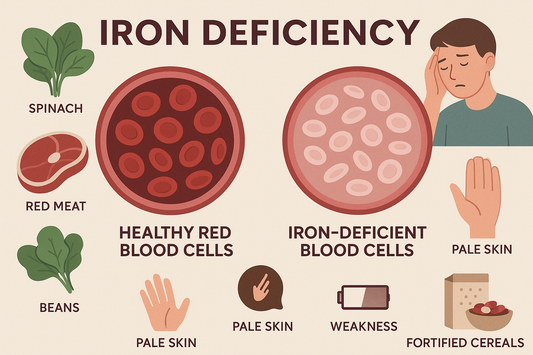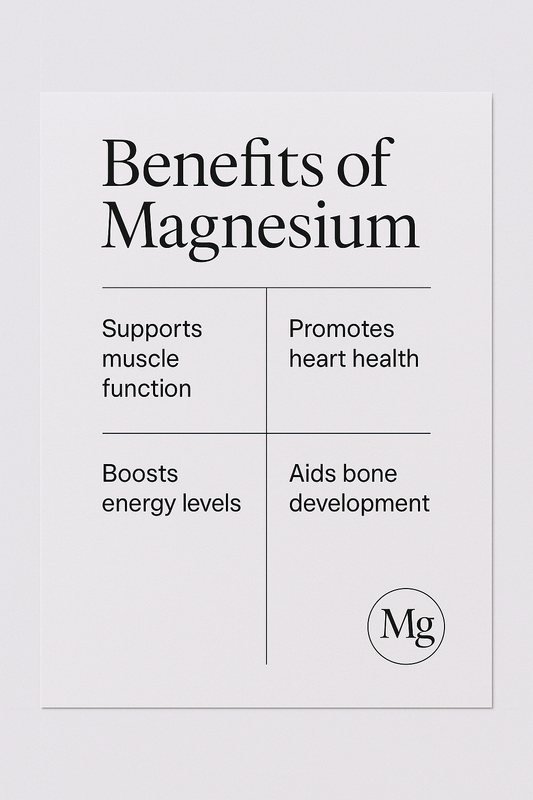Muscle hypertrophy deals with muscular development resulting from training, principallydue to an increase in the cross-sectional area (CSA) of the present fibres. The progression of hypertrophy encompasses an increase in the net growth (i.e., an upsurge in synthesis, decrease in degradation, or both) of the contractile proteins myosin and actin within the myofibril and a rise in the amount of myofibrils within a muscle fibre. The freshmyofilaments are added to the outside of the myofibril, leading to an increase in its diameter. These alterationsgenerate the snowballing effect of enlarging the fibre and, communally, the connected muscle or muscle group. Furthermore, protein production is raised after acute resistance exercise and remains raised for up to 48 hours.
The scale of protein production depends on protein and carbohydrate intake, scheduling of nutrient intake, amino acid handiness, muscle cell hydration levels, mechanical stress of the resistance training workout, and the anabolic hormonal response. The duration of each individual session is not as important as the duration of rest taken between each set of an exercise. Some evaluations of hypertrophy training programmes support a restricted rest period because they recommend that the individual begin the next set before full recovery has been realised. Typical approaches for the lengths of rest periods are less that 1.5 minutes or a length of 30 seconds to 1 minute or 30 seconds to 1.5 minutes. However, for a point of reference, the average bodybuilding workout lasts about an hour and a half to two hours (depending on the intensity of the workout). It is important to note that it may take at least a couple of weeks before muscle hypertrophy becomes palpable during resistance training. Though, muscle fibre hypertrophy appears to necessitate a lengthier period of training time (roughly 16 workouts).[1][2]
Bibliography
- Baechle, Thomas R., and Roger W. Earle. NSCA Essentials of Strength Training and Conditioning. 2nd Edition. Champaign, Illinois: Human Kinetics, 2008.
- Earle, Roger W., and Thomas R. Baechle. NSCA's Essentials of Personal Training. 2nd ed. Champaign, IL: Human Kinetics, 2012.












